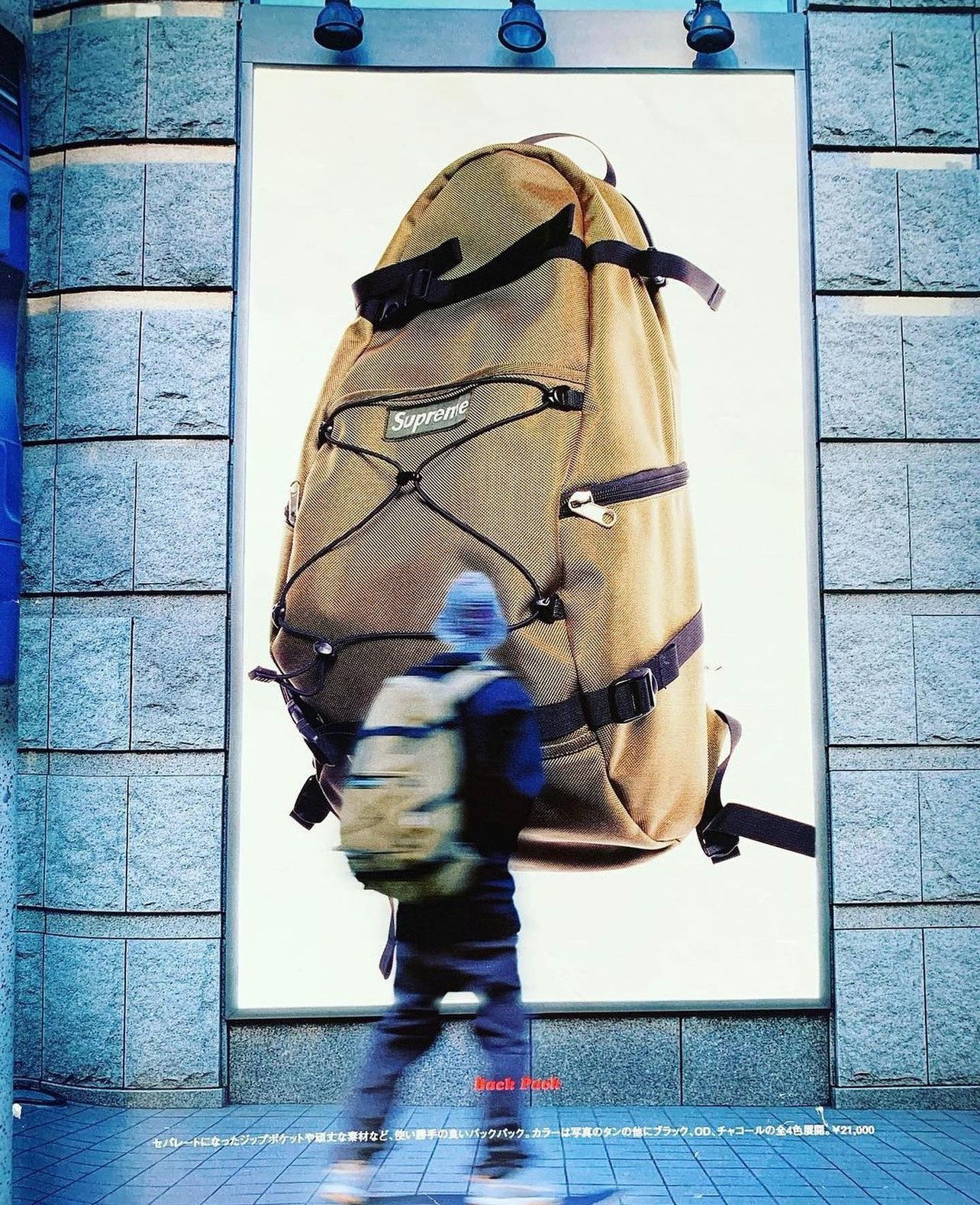Supreme and Barbara Kruger: A Complex Relationship Between Art and Fashion

Supreme has been in the public eye for quite some time now, and it’s no secret that the brand’s logo has drawn inspiration from the works of Barbara Kruger, a renowned artist. The controversy over whether Supreme is hijacking Kruger’s style or simply paying homage has been the subject of much debate in the fashion world.


Kruger’s signature style features bold, block text on a red background, typically with black and white photographs. Supreme’s logo features a similar style, with the white Futura font on a red box. Many argue that Supreme’s logo is a clear ripoff of Kruger’s work, while others see it as an homage to her style.

It’s important to note that Supreme’s origins are rooted in the skateboarding world, where the appropriation of logos and graphics has long been a common practice. In the early days of the brand, Supreme used a variety of logos and graphics on its products, including those of the NHL and NCAA. It wasn’t until Louis Vuitton sent a cease-and-desist letter in 2000 that Supreme began to move away from using other brands’ logos.

Today, Supreme is known for its collaborations with other brands and artists, and intellectual property theft is no longer a part of its business model. However, the fact remains that their logo is heavily influenced by Kruger’s style.
Kruger herself has been vocal about the issue, sending a blank email with a Microsoft Word document attached, file name “fools.doc,” to a journalist who asked for her opinion on the Supreme v. Supreme Bitch feud. The document contained a scathing critique of the fashion industry’s tendency to appropriate the work of artists and use it for profit.
So who’s hijacking whom? The answer is not so clear-cut. While it’s true that Supreme’s logo is heavily influenced by Kruger’s style, it’s also true that the skateboarding world has a long history of appropriating logos and graphics. Additionally, Kruger’s work has been appropriated by many other brands and artists over the years, and she has been vocal about her opposition to this practice.


Ultimately, the issue of who’s hijacking is a complex one, with no easy answers. What is clear is that the fashion industry has a responsibility to respect the work of artists and not use it for profit without permission. As for Supreme, the brand has moved beyond its origins as an expensive hobby for rich teens and cool dads and has become a cultural phenomenon in its own right. Whether or not they owe a debt of gratitude to Kruger is a matter of debate, but their influence on the fashion world cannot be denied.
You start dying when you stop dreaming.
